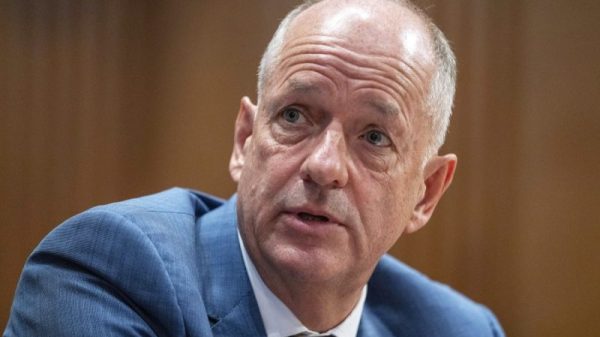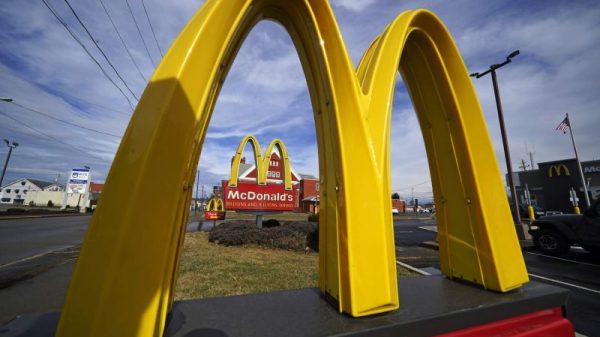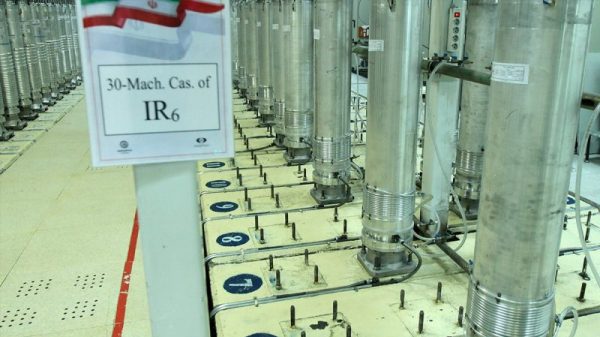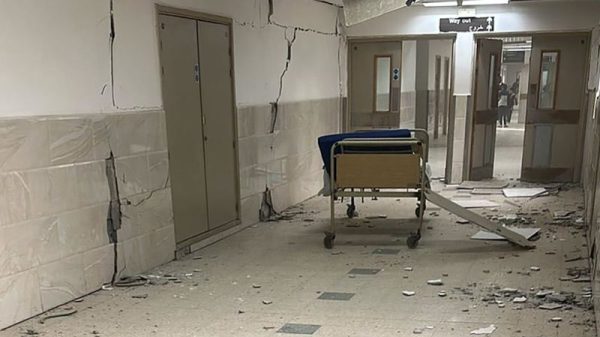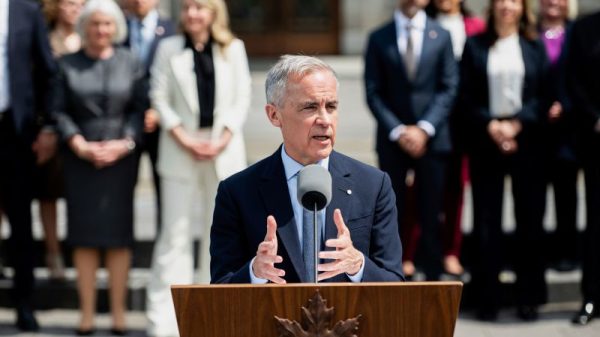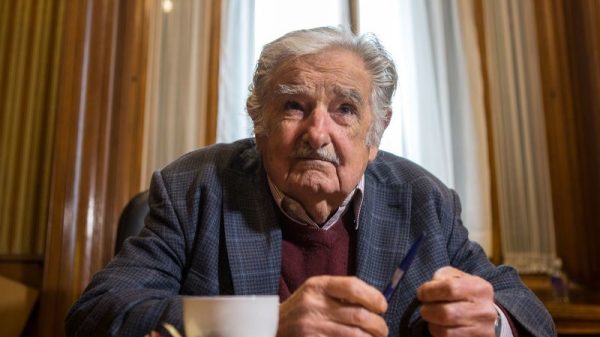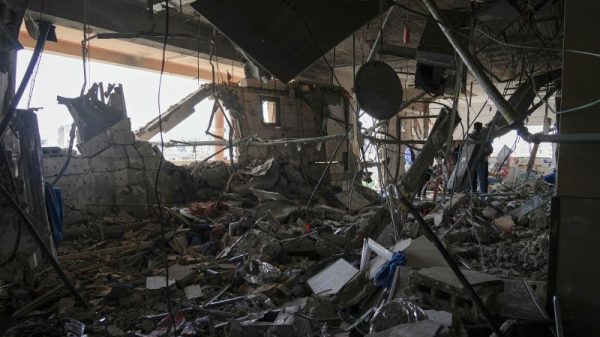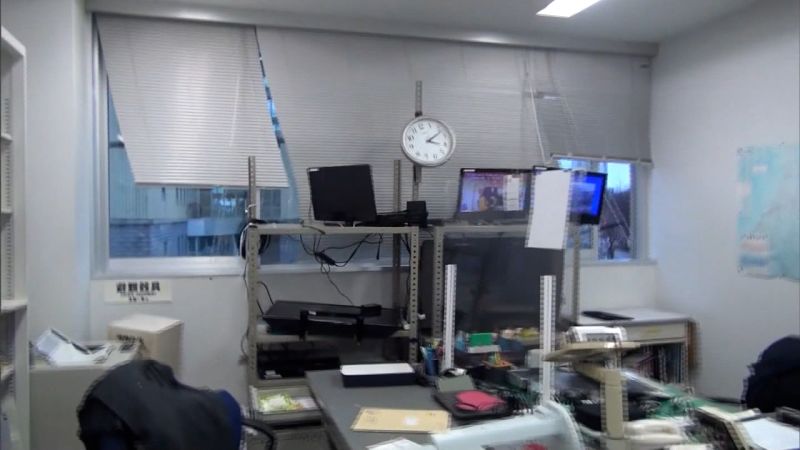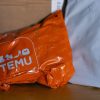Minae Akiyama had traveled from southern Japan to Ishikawa prefecture to celebrate New Year’s with her family, when the ground began to shake.
Akiyama described sheltering under a table during the quake and praying for survival, before grabbing essentials and running outside. Photos from her mother’s house afterward show closets and cabinets tipped over, and food and kitchen tools scattered on the floor.
The family was unharmed – but two days later, the quake still feels fresh as they wait for relief at the shelter, enduring frequent aftershocks coursing through the ground. Even at the shelter, rubble can be seen surrounding some of the building’s cement pillars.
“I feel like, even now, the building is shaking,” Akiyama said. “Whenever an aftershock happens, I think of the main quake and my body trembles.”
Monday’s earthquake, on the first day of the new year, killed at least 62 people, according to the prefecture’s official website. It added that an unknown number remain missing, as authorities continue searching for those trapped under rubble or in cut-off areas.
Chief Cabinet Secretary Yoshimasa Hayashi on Wednesday said 70 people had been rescued overnight and officials were rushing to meet a request to deploy rescue dogs. The number of missing people was still being counted, he said.
The quake shook the Noto Peninsula, located on the western, more rural side of central Japan, triggering tsunami alerts, fires and collapsed buildings. Photos across the region showed entire multi-story buildings had fallen on their side, burned structures and rubble where houses once stood.
Infrastructure damage remains a major challenge, Hayashi said Wednesday. Roads in and around the peninsula are blocked, though some routes are being cleared for vehicles to deliver food and essentials to the impacted areas, he said.
For some, the quake brought back memories of the 2011 Tōhoku 9.0 magnitude earthquake and tsunami, which triggered a nuclear meltdown at the Fukushima power plant. It left more than 22,000 dead or missing, most of them from tsunami waves, with the long-term impact still felt to this day.
While the extent of the damage from Monday’s quake is still being assessed, the death toll and levels of destruction appear to be far from that wrought by the 2011 disaster in a country long used to earthquakes and where building codes, even in more remote areas, are strictly adhered to.
Kouki Takahashi, 28, now a resident in Nanao, was a middle school student in Tokyo when the 2011 earthquake hit. Tokyo experienced shaking back then, but the epicenter was hundreds of kilometers from the capital.
This time it was much closer for Takahashi. “I have experienced massive earthquakes before, but this one felt worse,” he said.
Still, he said, the experience of Monday’s quake brought Tōhoku to mind again. “It felt similar,” he said. “At the time (in 2011), it was a similar earthquake where it started from light shaking that gradually got more intense.”
He had been at home taking a bath on Monday when the tremors began. “I was literally naked, just grabbed my clothes, went outside and just ran to my car,” he said, describing buildings and telephone poles swaying dramatically.
He spent Monday night sleeping in his car, staying at a parking lot owned by a friend – which feels like the safest place to be, given frequent aftershocks and the military helicopters and vehicles passing by, he said.
His apartment is still intact, but damaged with cracks in the wall. Some of his friends had worse luck and lost their homes entirely, he said.
Many such survivors are now at shelters like the one Akiyama and her family are staying in – but relief is limited.
There was also no running water, meaning people had to stand in line outside to receive water from the Japan Self-Defense Forces – which is now working with local governments, police and fire departments to coordinate search and rescue operations, Prime Minister Fumio Kishida said Wednesday.
Hayashi, the chief cabinet minister, added on Wednesday that more than 36,000 households are still without power. With phone services impacted by the quake, helicopters are being used to gather information, he said.







